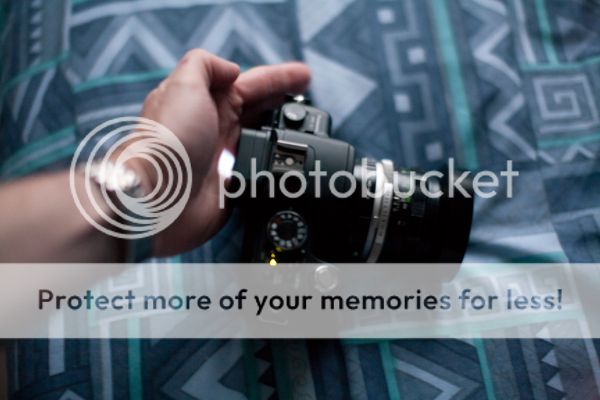- Messages
- 5
- Name
- Martin
- Edit My Images
- Yes
Hi there all, just arrived on the scene in the last few days, and looking for info/input from more knowlegable users of these CSC cameras.
For most of my life I've carried my SLR's/DSLR's everywhere, hill & mountain walking, fishing and just out looking for that elusive shot that's still out there.
I'm not getting any younger and I'm finding it prety tough at times, especially when doing a 15/20mile yomp over hill and dale.
My favoirite setup for my scenic shots has been (since this lens came out anyway) my Canon 5D mk11 coupled with the Distagon T* 2,8/21.
I'm looking to lighten the load a bit by (hopefully) purchasing one of these
4/3'ds. without sacrificing too much in picture quality.
Any input gratefully recieved.
Many thanks
For most of my life I've carried my SLR's/DSLR's everywhere, hill & mountain walking, fishing and just out looking for that elusive shot that's still out there.
I'm not getting any younger and I'm finding it prety tough at times, especially when doing a 15/20mile yomp over hill and dale.
My favoirite setup for my scenic shots has been (since this lens came out anyway) my Canon 5D mk11 coupled with the Distagon T* 2,8/21.
I'm looking to lighten the load a bit by (hopefully) purchasing one of these
4/3'ds. without sacrificing too much in picture quality.
Any input gratefully recieved.
Many thanks
Last edited:


 . The Canon M had a quick look at one before christmas and was disapointed with it.
. The Canon M had a quick look at one before christmas and was disapointed with it.